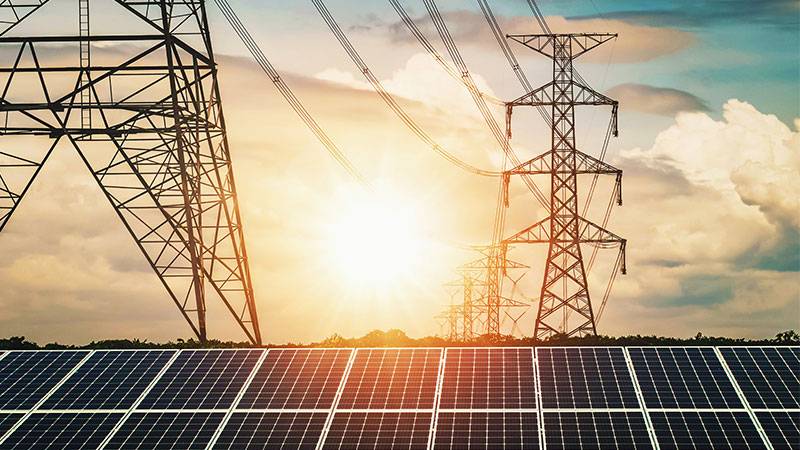In a significant move to address the vulnerabilities of the U.S. power grid, the Biden administration announced a $3.5 billion investment on Wednesday. This funding will be directed towards projects that aim to shield the grid from the impacts of extreme weather, fires, and to integrate more renewable energy sources into the system.
Energy Secretary Jennifer Granholm highlighted that this allocation, which will benefit 58 projects across 44 states, is sourced from the bipartisan infrastructure law signed by President Joe Biden in 2021. This marks the most substantial direct investment in the U.S. power grid to date.
The current state of the U.S. power grid, with a significant portion constructed almost a century ago, has been a growing concern. The grid has been increasingly challenged by climate change-induced events such as storms, floods, and heatwaves. Additionally, the rise in electric vehicles and advancements in artificial intelligence have surged the power demand. Granholm emphasized the urgency of these challenges in a call with reporters, citing the Texas grid collapse in 2021 as a stark reminder. This incident resulted in the tragic loss of over 200 lives and left millions without electricity. Wildfires, another consequence of climate change, have also wreaked havoc on the grid in various states.
Granholm stated, “The grid, as it currently sits, is not equipped to handle all the new demand … we need it to be bigger, we need it to be stronger, we need it to be smarter, to bring all of these new projects online.”
According to the Department of Energy (DOE), the newly funded projects are set to introduce over 35 gigawatts of fresh electricity from renewable sources like wind and solar. Additionally, there will be an investment in 400 microgrids, which are self-reliant energy systems. A notable aspect of this initiative is its focus on labor. Over three-quarters of these projects will collaborate with the International Brotherhood of Electrical Workers union. The overarching goal is not just to enhance the grid but also to sustain or even create union jobs.
The projects will help bring more than 35 gigawatts of new electricity onto the grid from wind and solar and other renewable power and invest in 400 microgrids, or self sufficient energy systems, the Department of Energy (DOE) said. More than 75% of the projects have partnerships with the International Brotherhood of Electrical Workers union and the aim is to maintain or create union jobs, it said.
This announcement is just the beginning. It represents the inaugural selection from the broader $10.5 billion grid resilience and innovation partnerships program overseen by the DOE.
According to US News, a significant portion of the funds, amounting to over $507 million, is earmarked for the Georgia Environmental Finance Authority and other affiliated groups. Their project is centered on aiding remote and historically underfunded communities. The plan includes the enhancement of a smart grid equipped with battery storage, the establishment of local microgrids, and the construction of new transmission lines.
In Pennsylvania’s southeastern region, PECO Energy has projects lined up to enhance grid reliability. Their strategies include flood mitigation for substations, infrastructure replacement, and the introduction of battery systems to serve as backup power sources.
A multi-state approach is also in the works. In the Western U.S., spanning states like California, Arizona, and Washington, Holy Cross Energy has teamed up with a consortium of 39 rural electric co-operatives. Their joint venture will focus on wildfire mitigation in areas identified as high-risk. The collaboration will invest in fire-resistant infrastructure, transition to underground lines, and upgrade existing overhead lines.
More inspiring green news similar to this:


